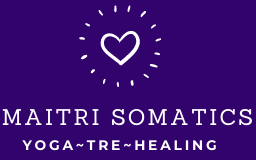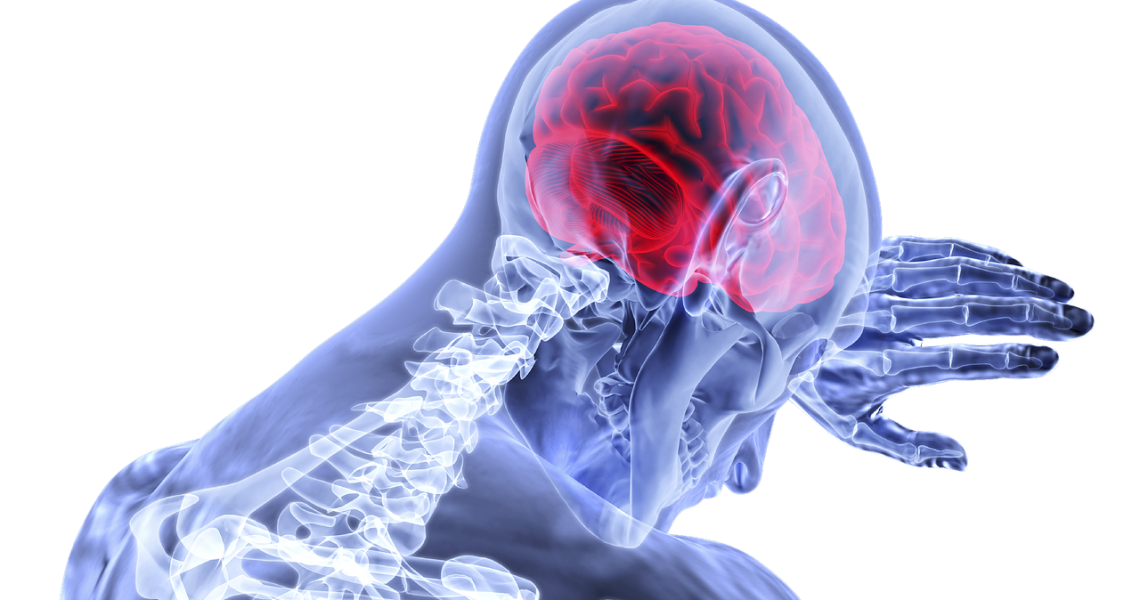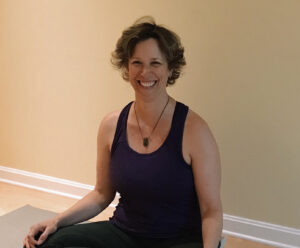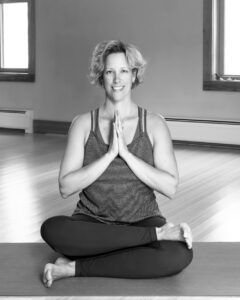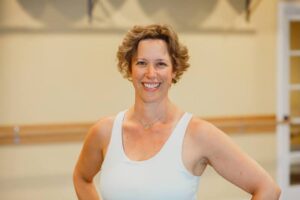Pain.
I know you know it.
Perhaps you have an old injury. Or you’re experiencing a recent ache. Or worse, maybe you’re facing chronic pain.
I feel ya. I’m a chronic pain person myself. And, as I write this from the floor (it is Earth Day, after all!) in a familiar flare up pattern, my fuzzy mind tries to remember how to take the best care of me. I know how, it’s just what pain does to thinking. Pain interferes with memory and concentration, ah, brain fog!
Pain is complex! It changes your body. Your breath. Your thoughts. Your emotions.
The pain science teaches us that pain is an alarm system and tolerating it makes it worse! Don’t miss that, ignoring or “toughing it out” makes it worse! The good news is, there is much you can do to heal your pain. Start simple, with your breath. (BTW, simple ≠ easy).
Whether it’s physical, emotional, chronic, intermittent or immediate, the most powerful practice to start with is your breath.
Here are three simple exercises you can try to ease your experience of pain. Start with the most simple, which is the first one, before moving onto the other, more complex ones, always with gentle effort.
- Notice your breathing. What can you feel? Hear? What parts of your body move?
- Try to make your breath slower and smoother? Notice slow smooth breathing.
- Count your inhale and double the length of your exhale. For example, if you inhale for four (4) counts, try to stretch your exhale to an eight (8) count. Gentle effort. It may take several rounds of breath to get there. Keep your breath smooth and slow.
Working with your breath in this way stimulates your parasympathetic nervous system, which soothes the pain’s alarm system.
I suggest working with these practices daily, for short periods of time. Once you’re feeling comfortable doing them once a day, then start adding in more, working up to several times each day. For example, first thing when you wake up and/or before each meal. Perhaps each time you stop at a red-light while driving. Experiment and see what’s good for you. I’d love to hear what you notices and as always feel free to reach out if you have any questions!
You can experience breathing practices (or pranayama in Sanskrit) with me in my yoga offerings here. Love to see you!
May you be happy, healthy, and safe! May you live your life in peace and ease!
Remember: this post is for informational purposes only and may not be the best fit for you and your personal situation. It shall not be construed as medical advice. The information and education provided here is not intended or implied to supplement or replace professional medical treatment, advice, and/or diagnosis. Always check with your own physician or medical professional before trying or implementing any information read here.

